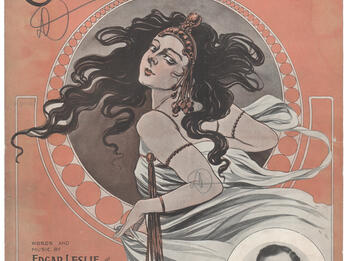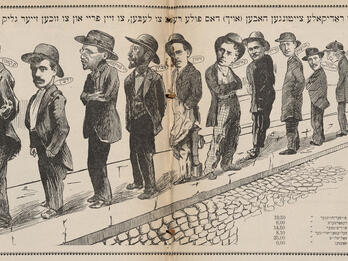On Otto Weininger’s Sex and Character
When a woman has within herself as much of what is masculine as a man has within himself of what is feminine—i.e., what he lacks in Masculinity, then in their sexual union the divided parts of M and Femininity become whole. [ . . . ]1
The Emancipated Woman
From Weininger’s point of view, the Woman Question needs to be seen very differently. The principle of intermediate sexual forms demolishes the previous notions of “man” and “woman” and invests them with new meaning. If one accepts the aforementioned general principle, then it is easy to accept what was stated above: that there can be a man who has more femininity than a woman and conversely there can be a woman who has more masculinity in her than a man. In considering the Woman Question—women’s striving for emancipation—it should be made clear that the drive for emancipation and the ability to be emancipated both derive from the amount of masculinity that a given woman possesses. By emancipation we do not mean the will to have a greater say in the home, or the courage to walk home at night unaccompanied, or the boldness to transgress the venerable prohibition of accepting an invitation to go alone to a man’s home, etc. Nor do we mean the search for steady work—a craft, a position or studies at a university or a conservatory and the like. The emancipation we are speaking of is not the desire of a woman to stand outwardly as a man’s equal, but the will to achieve inner equality with him.
Notes
[Otto Weininger’s misogynistic and antisemitic Sex and Character was published in 1903; an excerpt is included in this volume of The Posen Library.—Eds.]
Credits
Published in: The Posen Library of Jewish Culture and Civilization, vol. 7.




